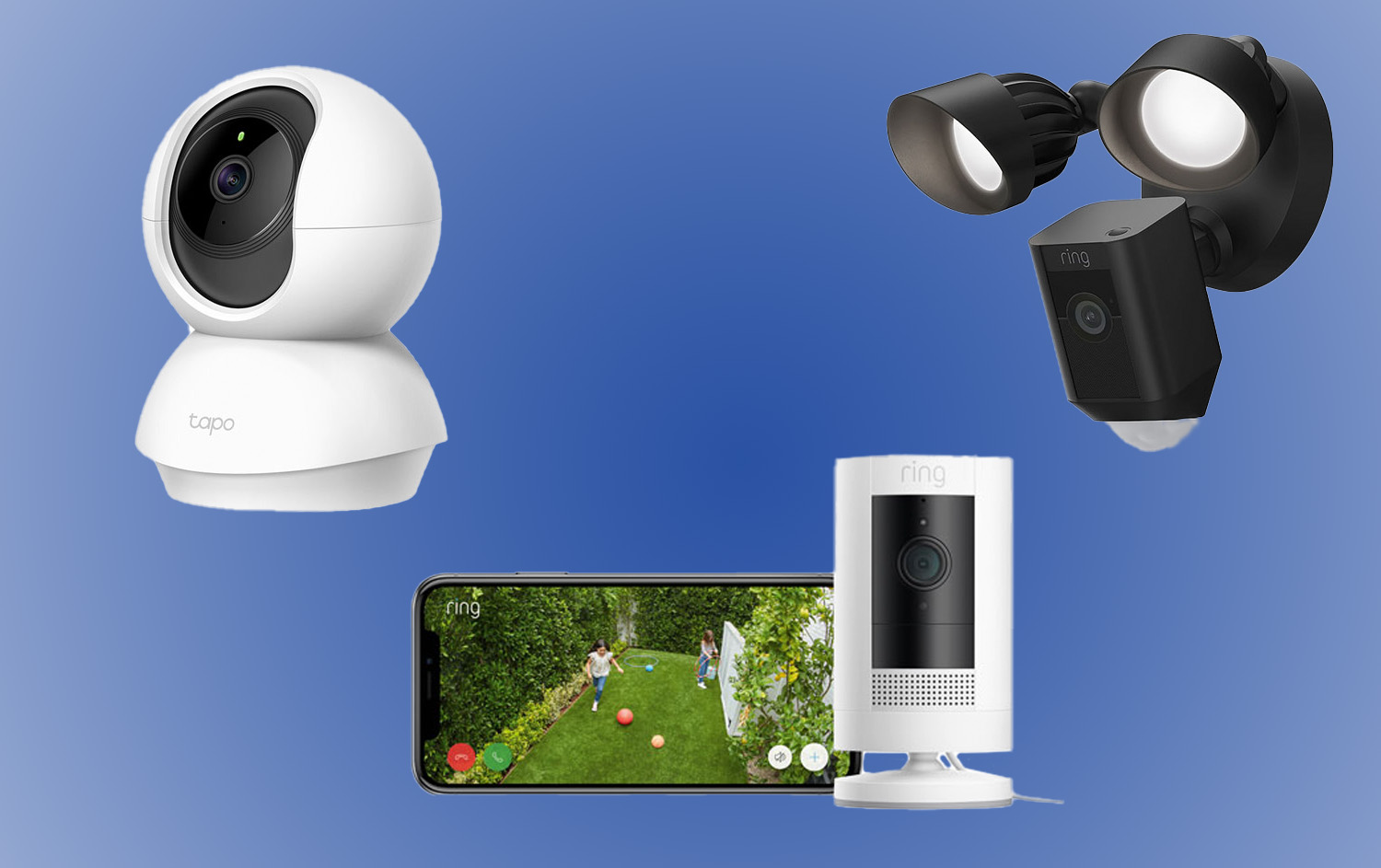
The peace of mind that comes with knowing your home is safe and secure cannot be overstated. That’s why having a convenient and reliable home security camera system is essential for every homeowner. More than a passive crime deterrent, modern home security cameras enable you to capture movement, day and night, and to view that footage wherever you are. Adding a camera is a low cost, easy to install way to make your home more secure. In this article, we’ll explore some of the types of camera systems available so you will know how to choose the one that is right for your home.
Why Invest in a Home Security Camera?
Investing in a home security camera is a proactive way to ensure the safety and security of your loved ones and valuable assets. These cameras not only act as a deterrent to potential intruders but also help in evidence collection in case of any unfortunate incidents. Moreover, with advancements in technology, most cameras now offer remote access, real-time alerts, and integration with other smart home systems.
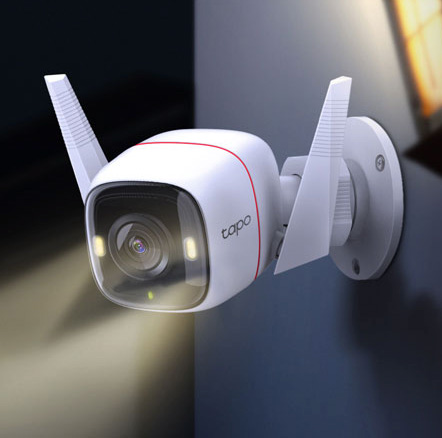
A. Protection and Deterrence: Home security cameras offer a first line of defence by acting as a deterrent to potential burglars. The mere sight of a camera can often dissuade would-be intruders from attempting to break in. In addition, many outdoor cameras react to motion with lights and in some cases sound. Some even enable two-way audio so you can speak to the unexpected visitor.
B. Evidence and Legal Protection: Should a crime occur, your security camera footage can serve as evidence. This can help identify perpetrators and potentially assist during any legal proceedings. A video record is hard to argue against!
C. Remote Monitoring and Convenience : Today’s home security cameras come equipped with remote viewing capabilities. This means you can monitor your property in real-time, no matter where you are in the world, straight from your smartphone or device. Know when the children arrived home from school; check if packages had been delivered at your front door.
D. Reduced Insurance Costs: Some insurance companies offer reduced premiums for homes equipped with security systems. Therefore, having a home security camera system may also lead to financial benefits.
Different types of home security cameras
There are various types of home security cameras available in the market. They range from simple plug-in models that capture footage onto an built-in memory card to rechargeable-battery operated models that send footage over Wi-Fi to a cloud storage service that you access via your phone. The most popular cameras these days are the wireless home security cameras and outdoor home security cameras (which might be wired or wireless). Let’s first explore the varieties wireless and wired options, then discuss some of the differences between indoor and outdoor cameras. It is easy to become confused about these terms, since different manufactures will use the terms differently. Here is the most common distinctions you will find, though be aware that there is some variability and you should check the specifications to ensure you are getting the right camera for your needs.
- Wireless Home Security Cameras: Fully wireless camera do not connect to a power outlet or to the internet using wires. These cameras are popular because they are easy to install, easy to use, and very versatile. They communicate with your home network wirelessly, which makes them versatile in terms of placement: you can place them almost anywhere there is a strong Wi-Fi signal. The batteries will either need replacing (in some models) or charging. Some brands, offer a solar panel accessory that will keep the batteries charged for very long periods of time. Some wireless cameras are rated just for indoor use, and some with weatherproof enclosures that are great for outdoor use. You can easily tell the difference at Best Buy. The title of the camera will state if it is for indoor only, or both indoor and outdoor.
- Semi-Wireless Home security cameras: Some manufactures will identify these simply as “wireless” and others call them “wired” which can be confusing. They are wireless in the sense that they connect to the internet wirelessly, via a Wi-Fi connection. However, they are powered with a wire connection: either by plugging them into a power outlet or by directly wiring into a receptacle that connects to your home’s wiring (many floodlight cameras will connect this way). These are less versatile than fully wireless, since you will need a nearby power supply for the installation. On the other hand, you will not need to charge batteries, so you can set it up and it will continue to operate for years without any more effort on your part.
- Wired home security cameras: As the name implies these typically require a physical connection for both power and to send their signal to a recording device or to the internet. Many of these come with a storage device, a digital video recorder (DVR) or network video recorder (NVR). The advantage of this type of system is the cameras have a permanent power supply, the video is often very clear and reliable, and there is ample storage for several days of continuous recording right on your premises. A disadvantage is that the setup often takes planning where the storage box will be located, the path to run wires from the box to all of the cameras, as well as wire management for all of these connections. Most people also want this system to connect to the internet, so another wire will have to be run from the storage box to the network router.

Will you want outdoor or indoor cameras
Some cameras are rated just for indoor use, and others are great for outdoor use. You can easily tell the difference at Best Buy. The title of the camera will state if it is for indoor only, or both indoor and outdoor.
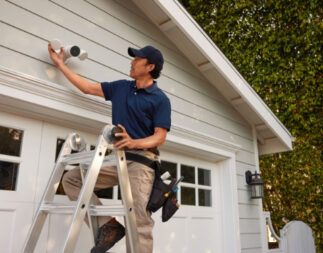
- Outdoor Home Security Cameras: These cameras are designed to monitor the exterior of your home. They are typically waterproof and have features like night vision and motion detection to monitor your property effectively at all hours.
- Indoor Home Security Cameras: Designed for interior surveillance, indoor home security cameras are usually smaller and less noticeable. They can be great for monitoring housekeepers, babysitters, and general home security.
- Doorbell Cameras: These cameras are a unique style of outdoor camera that is integrated with your doorbell system to monitor your front door and provide you with alerts when someone is at your door. Some also include two-way communication features.
Is remote access necessary: do you want to access cameras using your phone
Remote access means you can view your camera’s live feed or recorded video from any location, given you have an internet connection. For all of the camera types discussed above, most manufacturers offer mobile apps or web-based portals for this purpose. With remote access, you can keep an eye on your home from your office, while on vacation, or practically anywhere around the globe. Additionally, in case of an emergency or suspicious activity, immediate alerts from your smart home security camera can enable swift action. This access can also provide reassurance, allowing parents to check on their children, or pet owners to keep tabs on their animals.
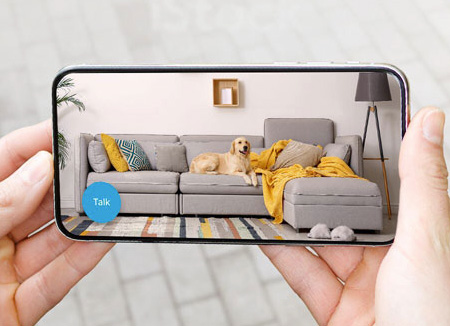
How easy is it to set up remote access
To set up remote access, you will typically need to connect your smart home security camera to your home network. This often involves downloading the manufacturer’s app on your smartphone or tablet and following the instructions provided. These steps often involve pairing the camera with your Wi-Fi network and creating a unique account for secure access.
Benefits of Remote Access
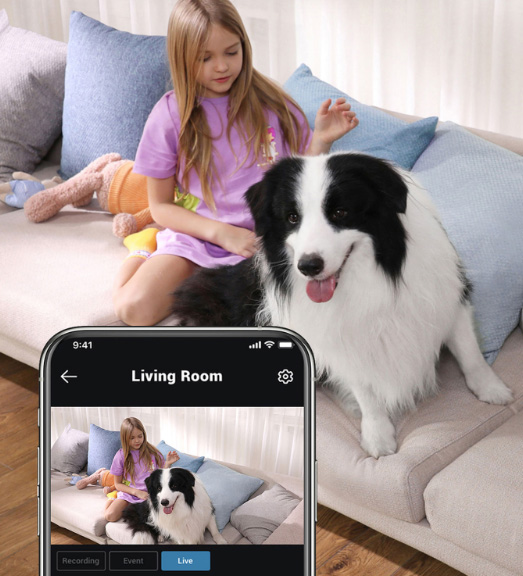
- Real-Time Monitoring: You can view your home in real-time. Whether you’re checking on your kids, pets, or simply making sure everything’s in order, real-time remote monitoring offers unmatched convenience.
- Notifications and Alerts: Most smart home security cameras can send you alerts on your smartphone when they detect motion or other unusual activity. This allows you to check in immediately and take appropriate action if necessary.
- Control Over Camera Settings: Some apps allow you to remotely control certain camera settings, like the orientation, zoom, or even the sensitivity of motion detection. This adds another level of convenience and control over your home security.
- Ability to quickly share video footage: for both security (sharing with authorities) and for entertainment (sharing animal videos with friends) the ability to instantly share a video clip taken from your camera is one feature that many homeowners find essential.
Remote access is a game-changing feature that has revolutionized the way we interact with our home security cameras. Not only does it offer peace of mind, but it also ensures you’re always connected to your home, no matter where you are. This truly embodies the essence of what a “smart” home security camera should be.
Checklist for choosing the best home security camera for your home
Based on the features discussed above, here are the most important things to steps to follow when shopping for the best home security camera for your home. Factors to consider include the type of camera (wireless, outdoor, etc.), resolution, field of view, storage options, power source, smart home compatibility, and price.
A. Determine Your Specific Needs: The first step is to determine where you want to install the camera and what type of monitoring you need. This will help you decide between an indoor, outdoor, or doorbell camera.
B. Consider Camera Features: Look for features such as video quality (usually 1080p is sufficient for most homeowners), field of view (wider is usually better), night vision, motion detection, and audio capabilities.
C. Evaluate Storage Options: Some cameras come with local storage (storage right on the device or to a DVR), while others offer cloud storage at an extra cost. Determine how much footage you want to store and for how long. Note that most local storage will continue to record once the storage is full, by recording over the oldest footage.
D. Consider Smart Home Compatibility: If you have other smart home devices, consider a camera that can integrate with them. This allows you to control all your devices from one platform, or using a single application.
E. Think About Power Source: As stated above, cameras can be wired or wireless. While wired cameras can offer a more stable connection, wireless cameras offer more flexibility in placement. Battery life can also be a consideration for wireless models.
F. Set a Budget: Home security cameras can vary significantly in price. Set a budget and find a camera that offers the best features within that price range.

Choosing a home security camera system can seem like a daunting task, given the numerous options available and the technical jargon involved. However, by understanding the distinct types of security cameras, their features, and their integrations with smart home devices, the process becomes less complicated. The power of modern technology provides us the luxury of remote access, making home security manageable right at our fingertips. We hope this article has simplified these complexities and helped to guide you towards making an informed decision. After all, the goal is to find a security system that meets your unique needs, provides a sense of safety, and ultimately makes your home a secure sanctuary. In this digital age, you’re not just purchasing a security camera; you’re investing in peace of mind.
This article was drafted using AI technology and then reviewed, fact-checked, and revised by a member of our editorial team.



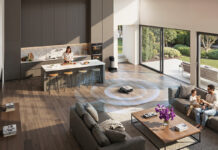

You have crafted a valuable resource for people buying a new security camera for their smart homes. But I will include a tip here for your readers. Must & Must check whether a particular security camera can integrate effectively with other smart security devices if you have installed any.
Comments are closed.